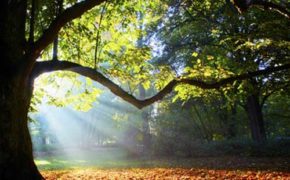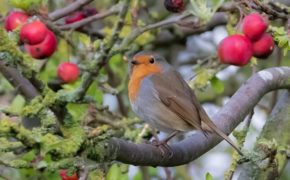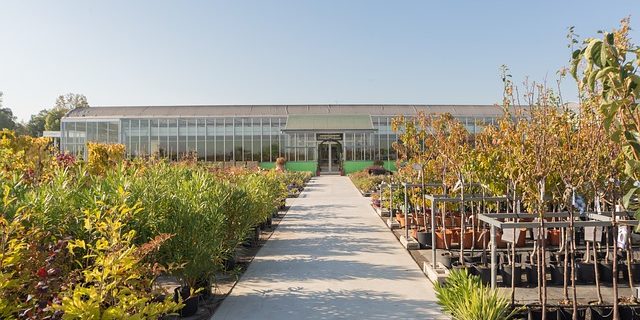
Get a quick no obligation quote It’s free and will only take a jiffy!
Planting a Tree? Why it’s Absolutely Vital to Buy Home Grown.
One of the easiest ways to ensure our trees in the UK are protected from damaging new pests and diseases is to commit to only buying home grown. With our native tree species under serious threat, we explore why it’s vital to be aware of what you’re buying and planting.
The problem with importing trees from overseas is that they bring with them new species of pests and diseases.
Our native trees here in the UK tend not to have any natural defences against these imported pests and diseases, putting them at serious risk. Worse still, because the predators that would normally keep these pests and diseases under control in their native environment are not present here, there is nothing to prevent them wreaking havoc on our trees.
The threat has become such an issue that almost all of the UK’s native tree species have been impacted by a pest or disease introduced from overseas in the past 30 years. The UK Plant Health Risk Register reveals a further 127 high risk pests and diseases that would have a significant impact to the UK’s woods and trees if they got into the country. The major issue is that, once a new pest or disease establishes itself, it is unlikely that it can be totally wiped out.
How do non-native pests and disease get into the UK?
The majority of non-native pests and diseases arrive in the UK on imported plants and timber.
Ash dieback for example was introduced into the UK via infected ash saplings that were traded across Europe throughout the first decade of the 21st century.
The oak processionary moth also started causing problems on oak trees in northern Europe during the same period. Despite this, oak tree imports continued unabated, meaning that this highly damaging moth was imported over and over again, and has now become prevalent across London.
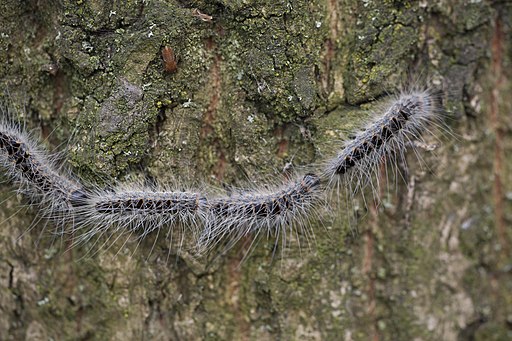
Incidences of serious pest and disease introductions in the UK since 1990 have risen sharply as the volume of plant and tree imports increases. Over a million oak trees for example were imported into the UK between 2013 and 2015.
Detecting plant pests and diseases as they are imported is pretty much impossible due to a lack of adequate border controls.
What is the problem with tree decline due to imported pests and diseases?
A decline in trees has a serious knock-on effect in terms of climate change. In order to meet climate change targets, the UK requires a minimum of 1.5 million hectares of additional woodland by 2050. But just to stick to where we are today will take considerable effort.
As new pests or diseases land in the UK through imported trees, it will become even more of a challenge to maintain, let alone boost tree cover.
The UK stands to lose 150 million mature trees and 2 billion saplings due to ash dieback alone over the next 10-20 years.
Aside from the major issue of climate change, there is also the problem of the significant threat to nature. If millions of native trees are lost, the knock-on effect on the native wildlife that relies on them is going to be devastating.
Oak and ash trees for example are foundation species for woodland habitats. Oak trees alone support some 326 species which cannot be supported elsewhere, and ash trees support 44 species, again which cannot be supported by other trees.
So, if we are losing oak and ash trees, then so it follows that we will see a decline in the species that rely on them. Such a serious loss of biodiversity could potentially see a massive impact on nature generally.
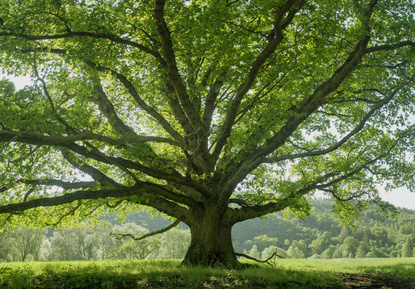
What can we all do to stem the problem of imported pests and diseases and protect our native trees from decline?
There is something simple we can all do to cut the risk of new pests and diseases entering the UK, and that is to make a policy of only planting trees that have never spent time overseas. In other words, only plant trees here that have been sourced and grown here.
It is important also to extend this policy to any plants, because pests and diseases can easily spread to other species. Xylella fastidiosa for example is a disease found in olive trees, lavender and rosemary. This disease is also known to affect some broadleaf trees including oak.
We can all make a stand by changing our tree and plant buying habits. Checking the labels of trees and plants on sale is a good first step, but where information on the source of the plant is not available, then it is important to ask the retailer whether the plant has been sourced and grown in the UK.
Take care with trees that have been sourced but not grown in the UK. This means that the seed originated in the UK, but was grown overseas before returning here for sale. Also look out for trees that are grown in the UK from imported seeds. Both of these methods pose a risk.
If your local plant nursery doesn’t stock trees that are sourced and grown in the UK, then try elsewhere, or take a look at what’s on offer in the Woodland Trust shop, where all trees are certified UK sourced and grown.
All the expertise you need for your UK native trees
Whether you are seeking advice relating to a particular species of tree, or you need a tree pruned or taken care of, including dealing with disease or pests, TH Trees Ltd is at your service.
With over 15 years’ experience, we offer a wealth of knowledge and expertise across all species of trees. Our highly qualified experts are here to assist and advise you, so please do get in touch.
Had a fallen tree in the early hours of Monday morning, called for quote and the team had it cleared on the same day. Really good communication when the lads were onsite and did a great job. Lots of pride in their work shown with the thorough clear up. Would thoroughly recommend.
Thank you Stuart for your kind review. We were glad to be able to help you with your fallen tree. If there's anything else you need in the future, please don't hesitate to get in touch.

